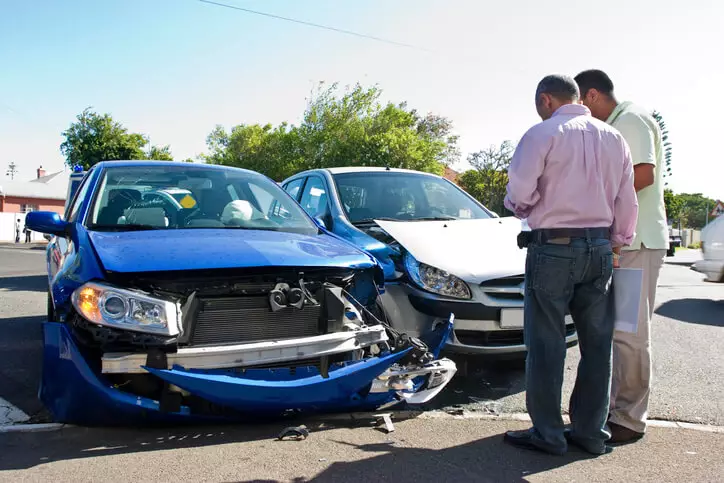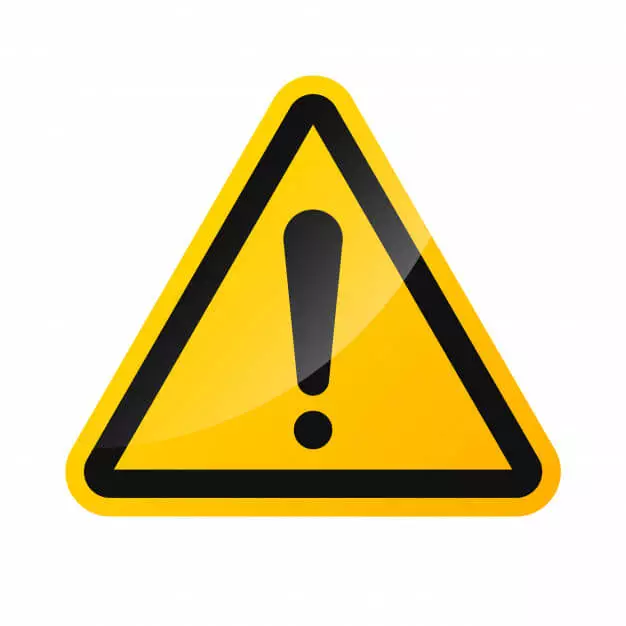Car accidents are never fun and may result in injuries and repair expenses, but when the car accident is not your fault, the situation may differ depending on state laws and how insurance works in your area. Therefore, you need to know exactly what steps to take after a car accident that is not your fault.
Step #1 Stay Calm and Assess the Situation
Even though a car accident can be jarring, try to remain calm, and assess the situation. How extensive is the damage? Is anyone hurt? Are there any other issues to worry about (chemical spills in the road, other debris, etc.)? Is there any property damage? If you can move your vehicle out of the way of other traffic off to the side of the road.
Step #2 Call 911 and Report the Car Accident
It is against the law to flee a car accident scene. Therefore, do not leave. Stay put and call 911 immediately. Even if the other driver leaves, you should stay file a car accident report with the police officer.
Regardless of how serious or minor the accident is, call 911 to report it. This is important not only to comply with the law but also to file an insurance claim. The police report will become part of the permanent record. If someone rear-ends you, you should definitely call because the damage could be more extensive than you think.
If you can safely stay in the vehicle and turn on your hazard lights until law enforcement arrives. If your car is in the middle of the road, move to a safe spot to wait.
Check with your state laws on whether or not the auto accident needs to be reported. In some states, “all” car accidents, even tiny fender-benders, must be reported, but in others, you can get away with not reporting it if it’s only a scratch or a dent. If you are not sure, call the police and let them decide.
If you or anyone else is injured, inform the 911 operator that you also need an ambulance or other medical assistance. Sometimes just the shock of a car accident can cause serious symptoms.
Step #3 - Do Not Admit Fault or Talk About the Accident to Anyone
Do not admit fault for the car accident, even if you are or think you may have been partially at fault. You can relay the facts to the police, but you risk their assessment and the possibility of being blamed for it. It’s better sometimes to remain quiet until you speak with your lawyer. Do not apologize or make statements that later could come back to bite you. If the car accident was not your fault, then it could affect your insurance claim as well.
Step #4 Gather Information & Document the Scene
Look around you and gather all the information you can. If you are not physically injured, consider talking to witnesses and writing everything down. Take pictures with your cell phone to document the scene.
Ask the at-fault driver for their name, address, phone number, and insurance information. Jot down the other driver’s license plate number and if you can get their driver’s license number. Get witness contact information as well if you need to contact them later. Exchange information with them and provide the same details to their other driver.

Step #5 Contact Your Insurance Company
Contact your own insurance company as soon as you are able to report the accident. They will need to schedule an insurance adjuster to come out and evaluate the damage before you can get it fixed. Depending on the state where you live, if the other driver is at fault, their insurance company will have to pay for your repairs. You may have to file a claim with your own insurance carrier for medical treatment and automobile repairs in no-fault states.
Even if you are not at fault, you should report the accident to your insurance company. You may or may not have to file a claim. If you do file a claim, you will still have to pay your deducible, regardless of whether or not the accident was your fault. There is also special no-fault insurance you can carry that will cover you for things like pain and suffering along with medical expenses and sometimes will chip in if the other party's insurance doesn't payout. Personal injury protection is another type of insurance you may want to consider for situations like these. You can ask your insurance agent about all your options.
In other countries, motorists pay an “excess” after an accident, but if it’s not their fault, they get it back. In the United States, insurance doesn’t work that way.
Step #6 - Get Medical Attention if You Need It
As soon as you deal with the police and insurance, if you need minor medical treatment, be sure to get it. If you have a case of whiplash, you may require physical therapy or a neck brace. Be sure to keep a copy of your medical records and your medical bills. If the issue becomes legal, you will want to have all your documentation ready. With certain types of insurance coverage, your medical bills will be paid.
Step #7 - Consult with Your Lawyer
If there is any question regarding fault or you cannot get damages from the other driver, you might want to consult your car accident attorney to see what your options are there. A good personal injury lawyer will steer you in the right direction and provide you with guidance on the next steps. Car accident lawyers specialize in these types of cases and have information that you may not be aware of. Most offer a free consultation to discuss your case beforehand.
Step 8 - Schedule Your Car Repair
As soon as the car insurance adjuster assesses your car and provides you with the car accident claim money, you can schedule the repair. If the other driver’s insurance company pays out, you must wait until they give you the green light to get it fixed. You can’t have it fixed until a proper assessment of the damage has been made and a quote to fix it. If your car is beyond repair, it may be declared a total loss.

If you are involved in a car accident, and it is your fault, some things may be different. For example, your auto insurance policy will need to cover your car’s damage and the other driver’s plus medical expenses if you have the right coverage. The police may also file charges or cite you with a violation if you broke road rules and caused the accident. Regardless of whether you are at fault for the car accident, follow the steps above to cover all your bases.








![Best Sites to Check a Car’s History [2025 Review]](https://media.infopay.net/thumbnails/K8lMeG2QLjE46LPqZlmoi6SunKKdT5qvlaRZk6e1.webp)










![Best Sites to Check a Car’s History [2025 Review]](https://media.infopay.net/thumbnails/K8lMeG2QLjE46LPqZlmoi6SunKKdT5qvlaRZk6e1-w356.webp)
